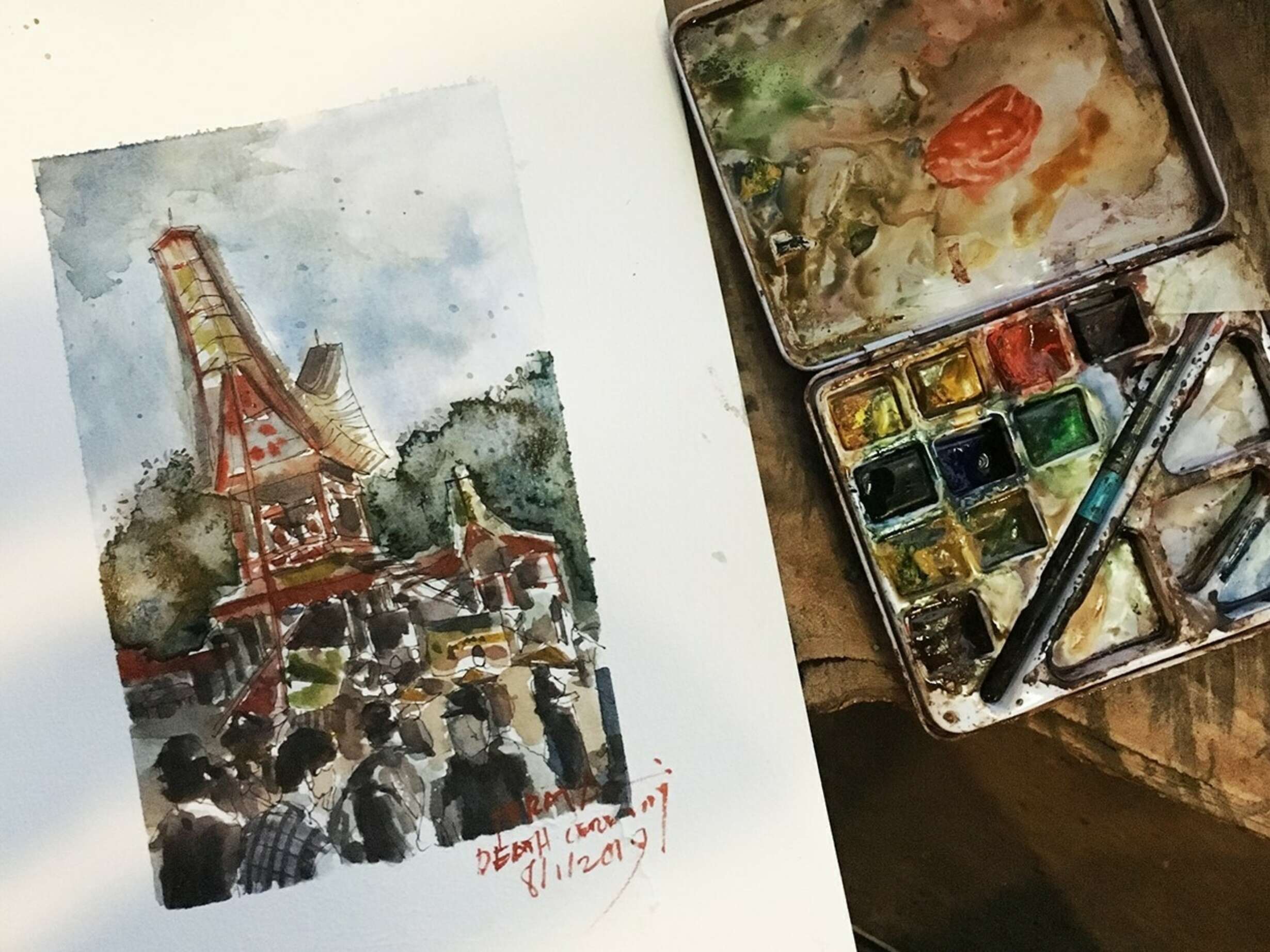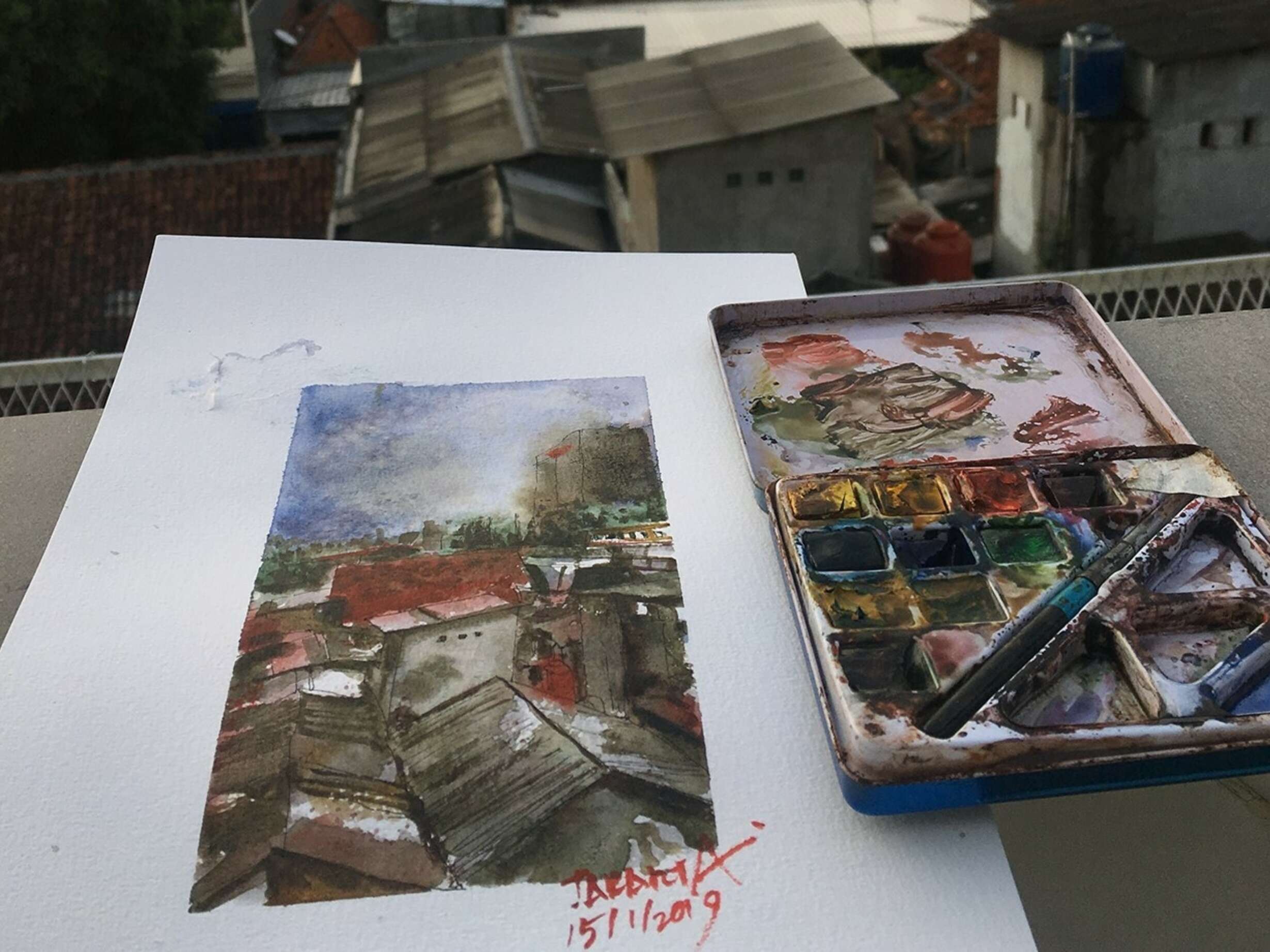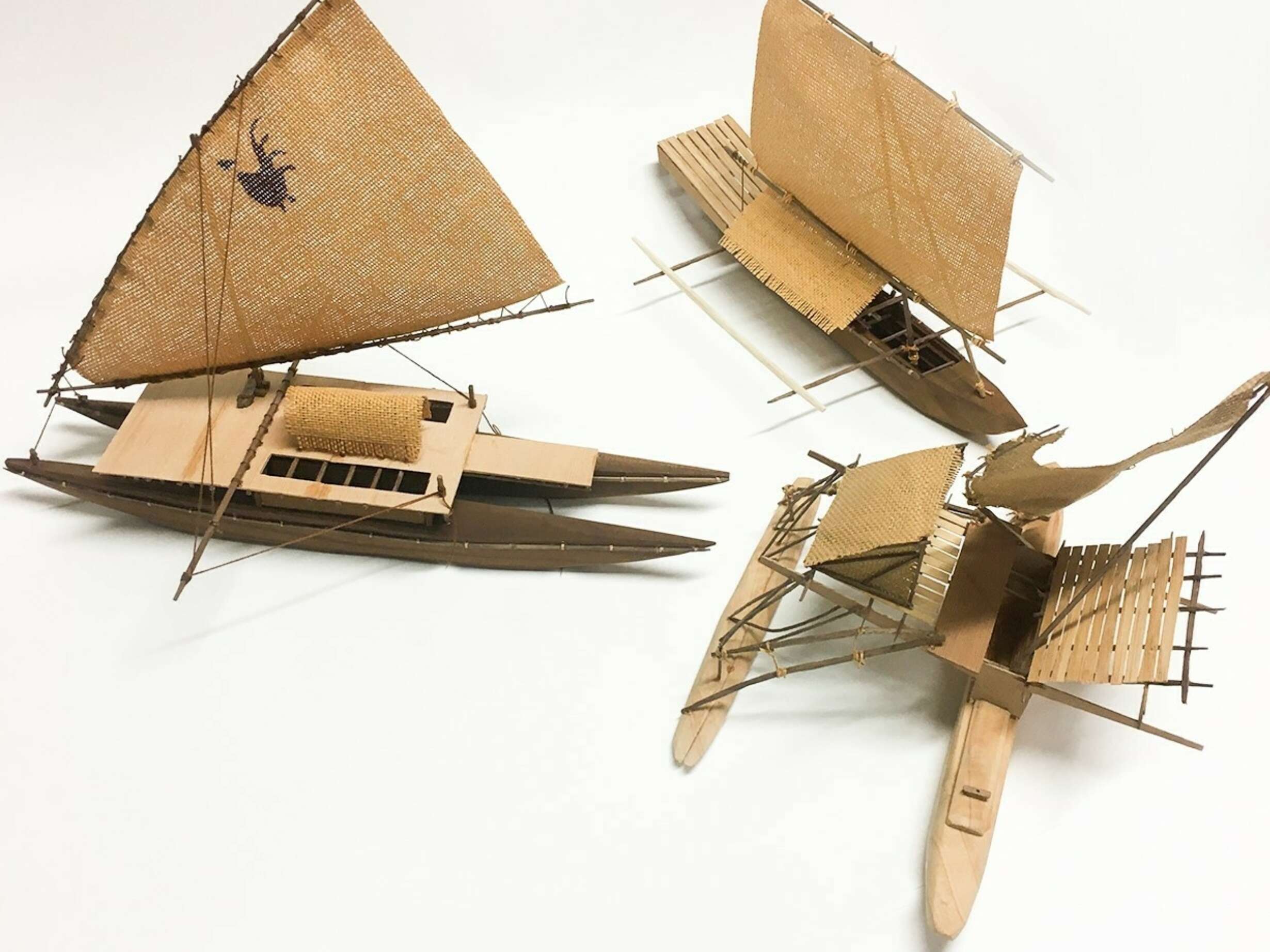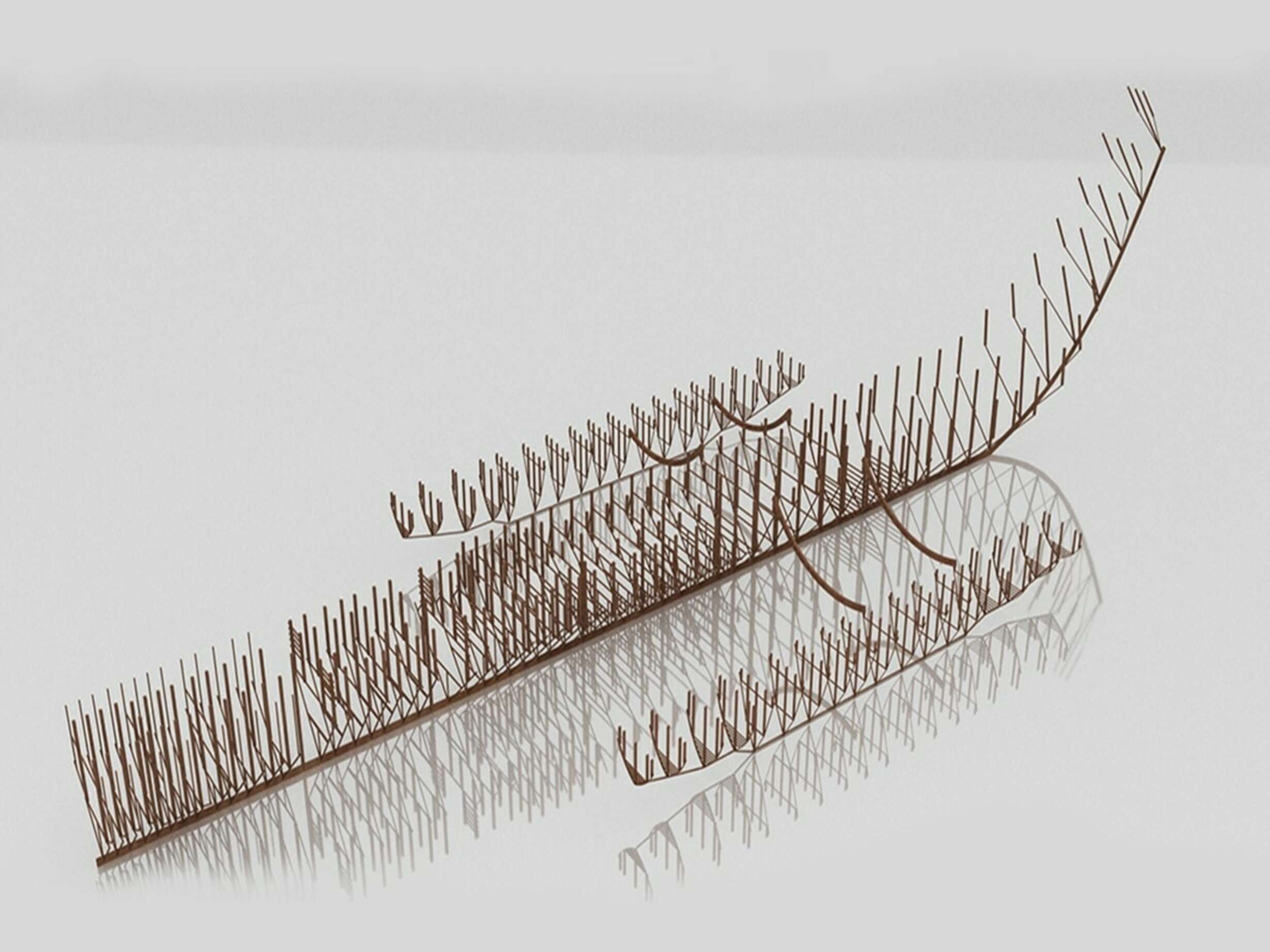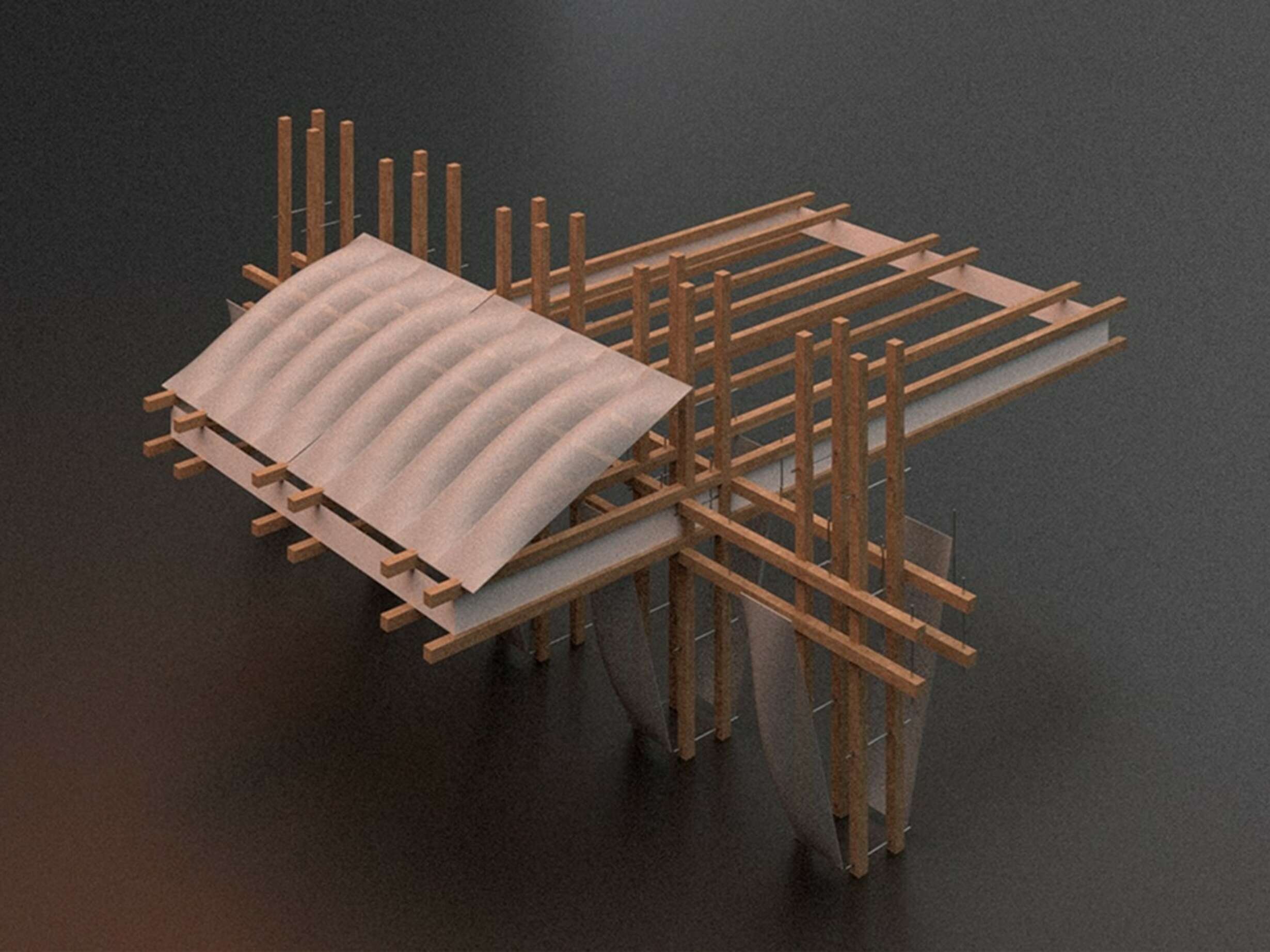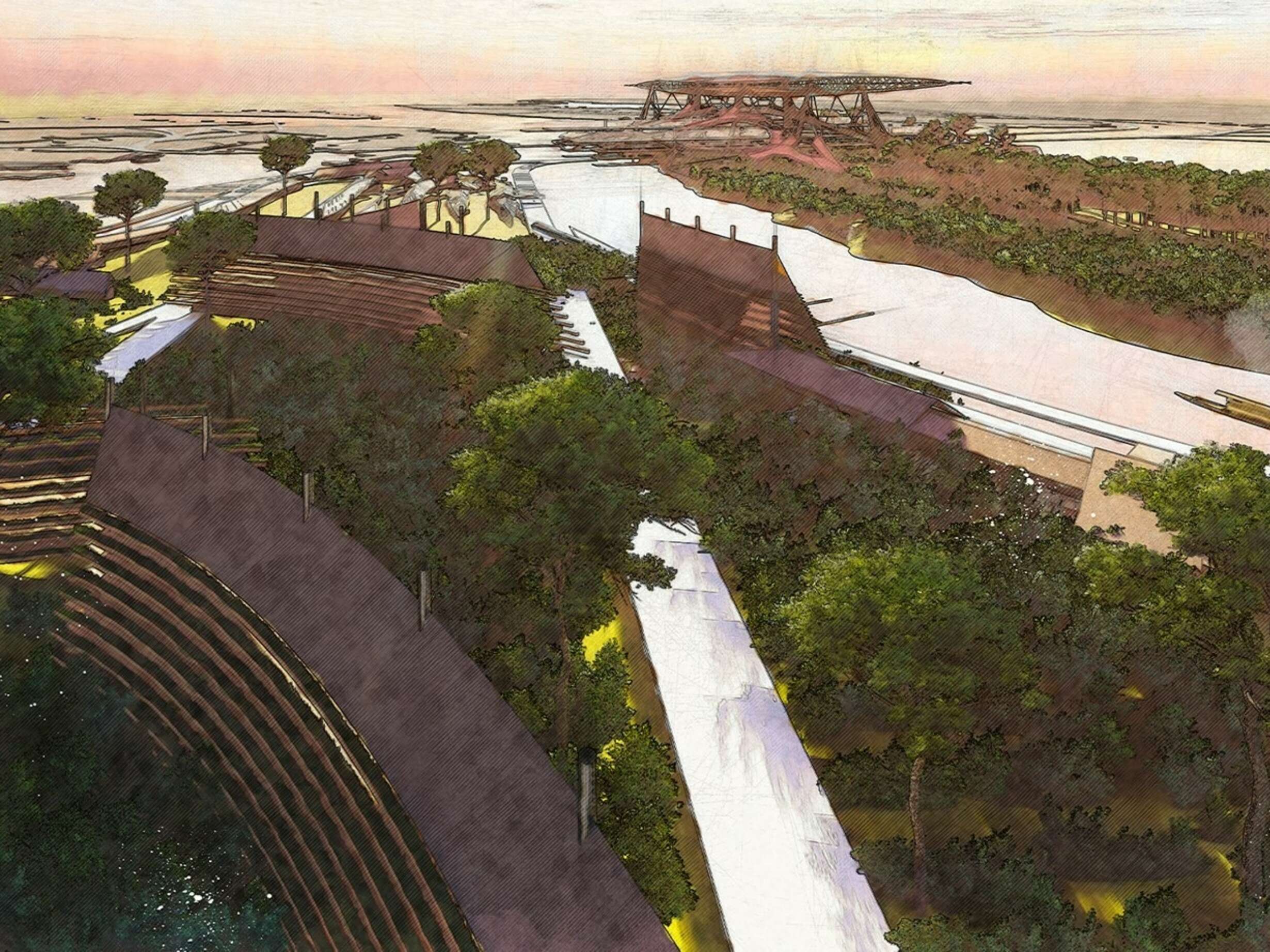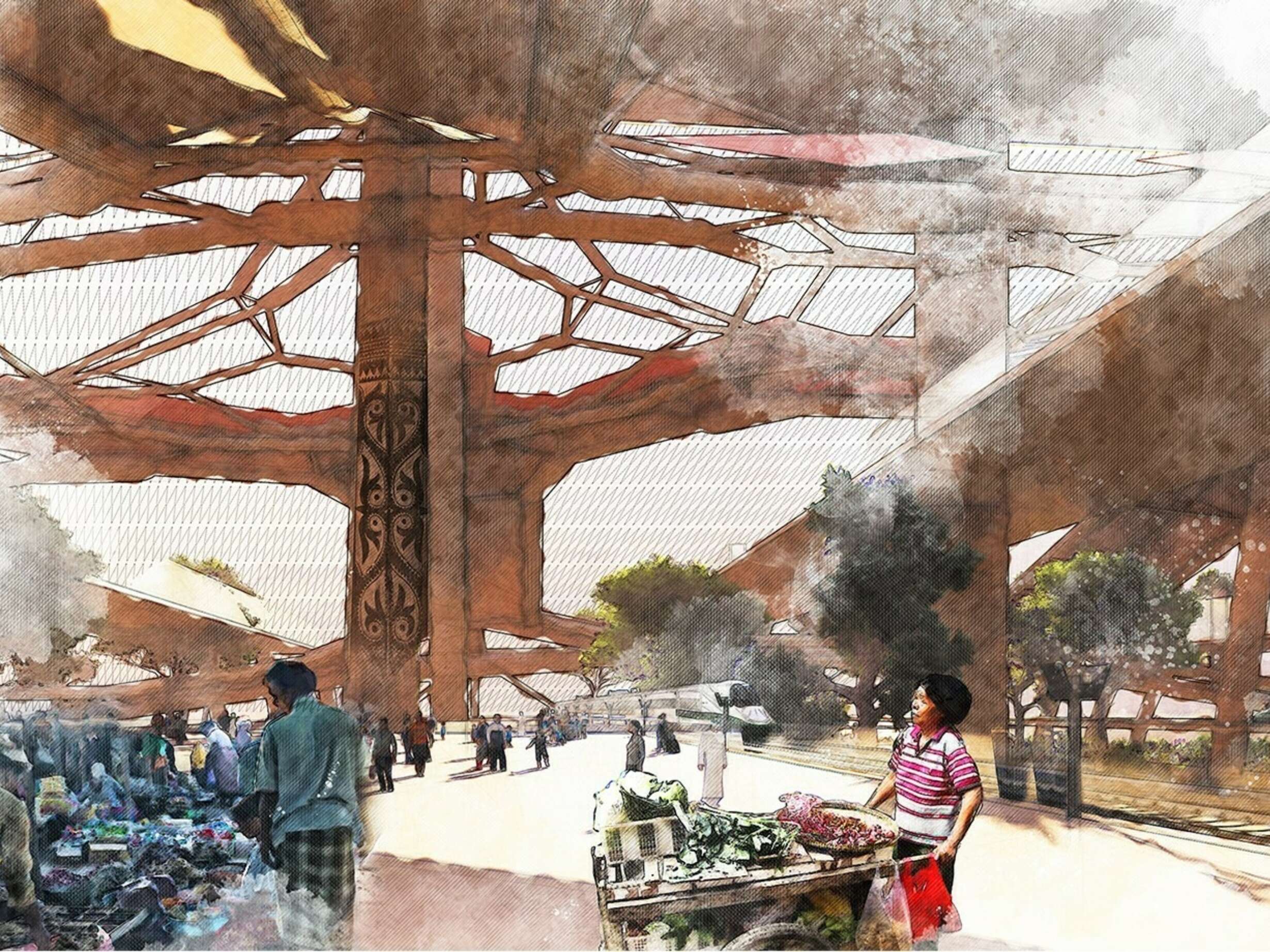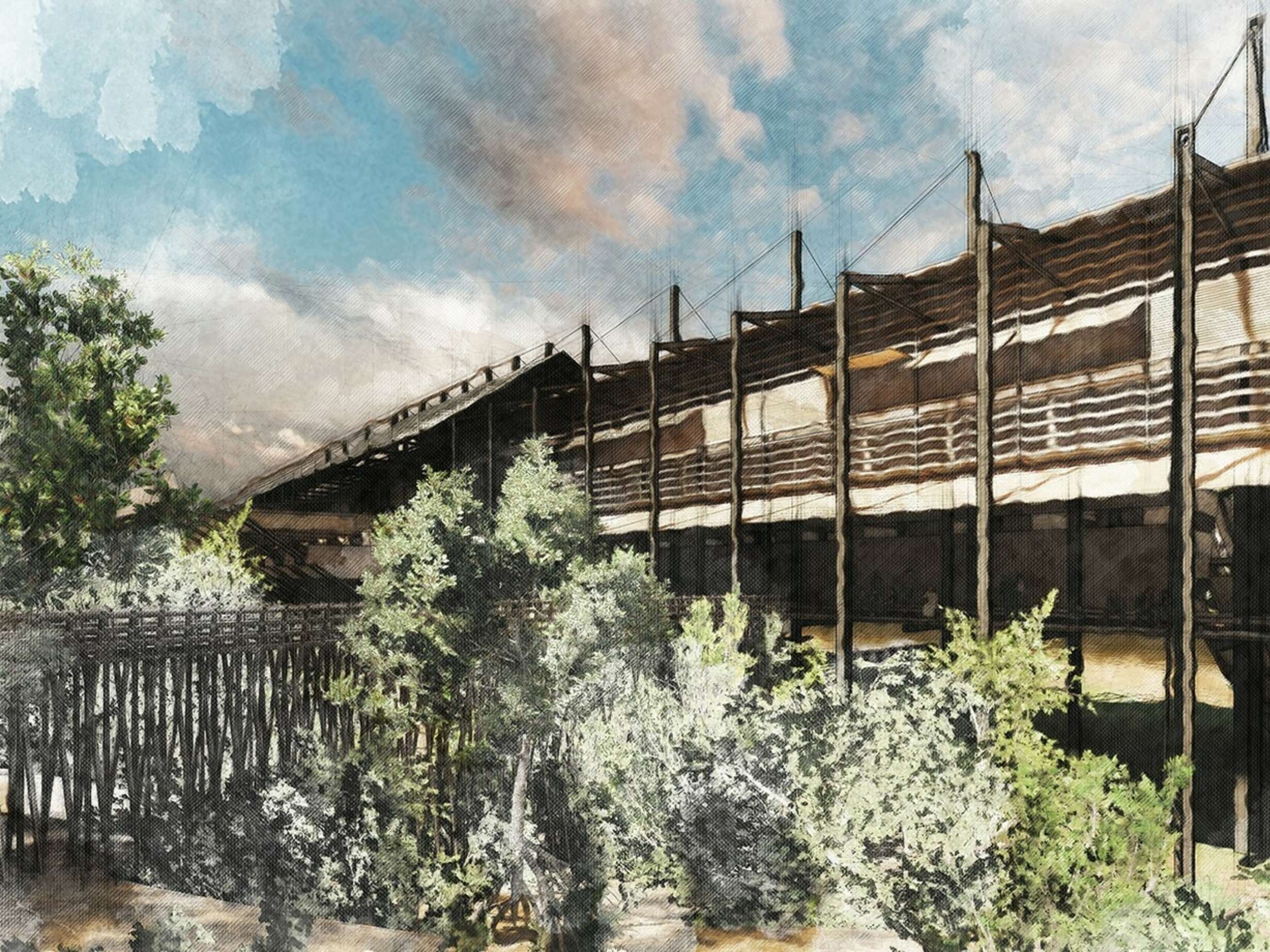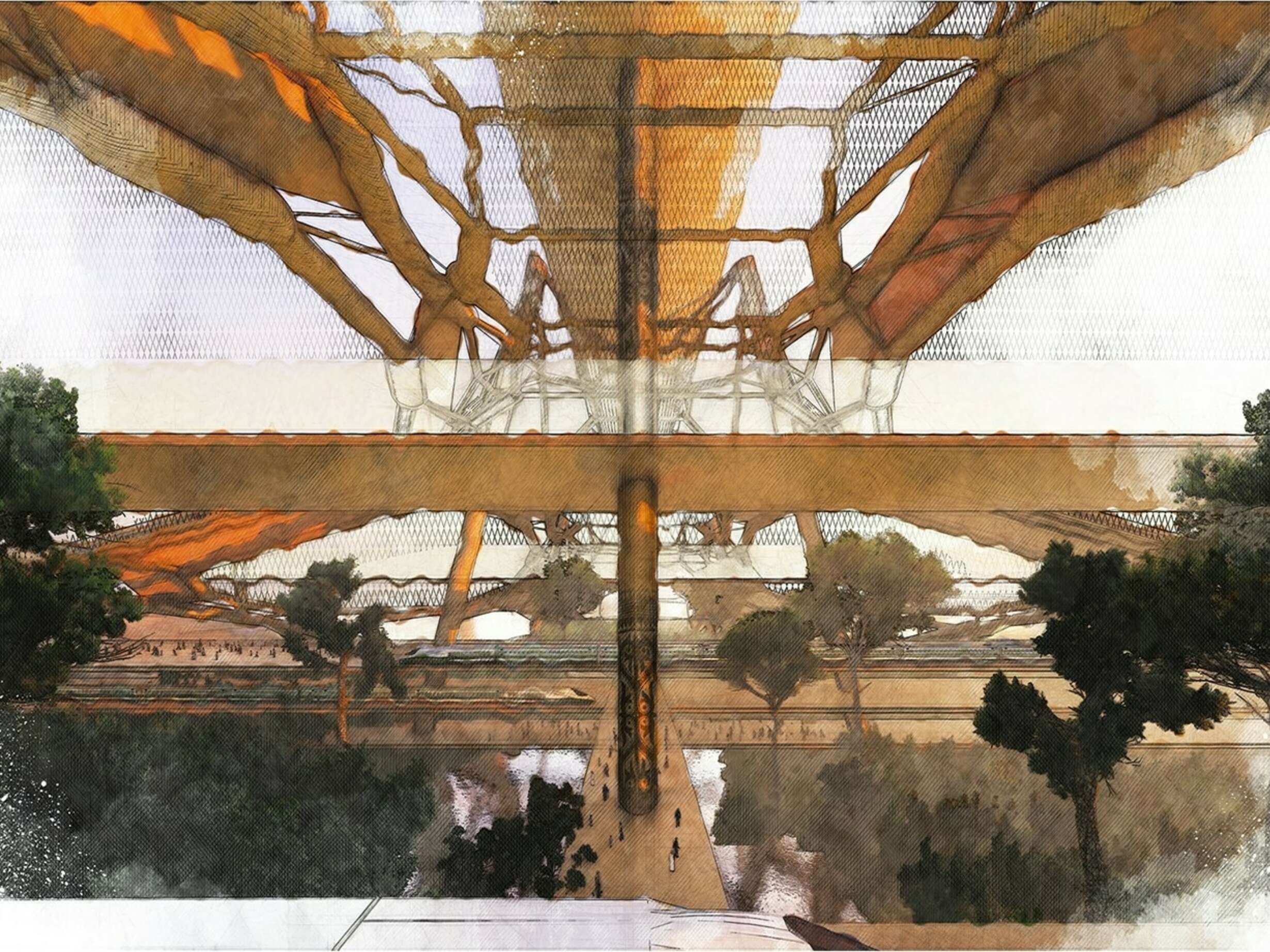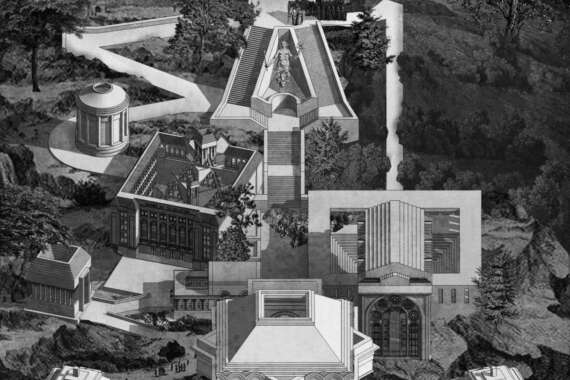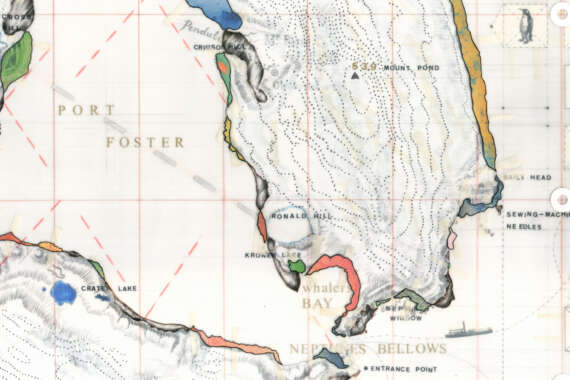Continuum: Reimagining the Future of an Arguably Broken Oceania

It has been generally accepted in architectural history that Pacific architecture has its origins in Southeast Asia architecture; however, the connection between the two regions has seemed to deteriorate after Western imperialism.
The proposed theoretical thesis aims to reconstruct the Pacific’s consanguinity with the tropical region of Southeast Asia by tracing the ‘two episodes’ of Oceanic prehistoric sea voyaging and suggests the concept of ‘bigger Oceania’.







